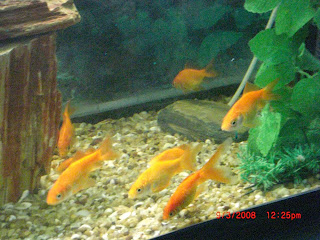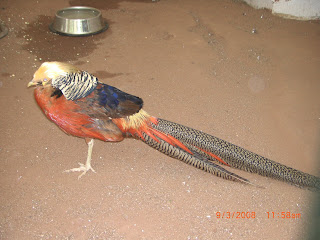
- On 8 March 1857 women working in clothing and textile factories (called 'garment workers') in New York City, in the United States, staged a protest. They were fighting against inhumane working conditions and low wages. The police attacked the protestors and dispersed them. Two years later, again in March, these women formed their first labour union to try and protect themselves and gain some basic rights in the workplace.
- On 8 March 1908, 15,000 women marched through New York City demanding shorter work hours, better pay, voting rights and an end to child labour. They adopted the slogan "Bread and Roses", with bread symbolizing economic security and roses a better quality of life. In May, the Socialist Party of America designated the last Sunday in February for the observance of National Women's Day.
- Following the declaration of the Socialist Party of America, the first ever National Woman's Day was celebrated in the United States on 28 February 1909. Women continued to celebrate it on the last Sunday of that month through 1913.
- An international conference, held by socialist organizations from around the world, met in Copenhagen, Denmark, in 1910. The conference of the Socialist International proposed a Women's Day which was designed to be international in character. The proposal initially came from Clara Zetkin, a German socialist, who suggested an International Day to mark the strike of garment workers in the United States. The proposal was greeted with unanimous approval by the conference of over 100 women from 17 countries, including the first three women elected to the parliament of Finland. The Day was established to honour the movement for women's rights, including the right to vote (known as ‘suffrage’). At that time no fixed date was selected for the observance.
- The declaration of the Socialist International had an impact. The following year, 1911, International Women’s Day was marked for the first time in Austria, Denmark, Germany and Switzerland. The date was March 19 and over a million men and women took to the streets in a series of rallies. In addition to the right to vote and to hold public office, they demanded the right to work and an end to discrimination on the job.
- Less than a week later, on 25 March, the tragic Triangle Fire in New York City took place. Over 140 workers, mostly young Italian and Jewish immigrant girls, working at the Triangle Shirtwaist Company lost their lives because of the lack of safety measures. The Women’s Trade Union League and the International Ladies’ Garment Workers Union led many of the protests against this avoidable tragedy, including the silent funeral march which brought together a crowd of over 100,000 people. The Triangle Fire had a significant impact on labour legislation and the horrible working conditions leading up to the disaster were invoked during subsequent observances of International Women's Day.
- As part of the peace movement brewing on the eve of World War I, Russian women observed their first International Women's Day on the last Sunday in February 1913. Elsewhere in Europe, on or around 8 March of the following year, women held rallies either to protest the war or to express solidarity with their sisters.
- With 2 million Russian soldiers dead in the war, Russian women again chose the last Sunday in February 1917 to strike for "bread and peace". Political leaders opposed the timing of the strike, but the women went on anyway. The rest is history: Four days later the Czar of Russia was forced to abdicate and the provisional Government granted women the right to vote. That historic Sunday fell on 23 February on the Julian calendar then in use in Russia, but coincided with 8 March on the Gregorian calendar used by people elsewhere.
Since those early years, International Women's Day has assumed a new global dimension for women in developed and developing countries alike. In December 1977 the UN General Assembly adopted a resolution proclaiming a United Nations Day for Women’s Rights and International Peace. Four global United Nations women's conferences have helped make the demand for women's rights and participation in the political and economic process a growing reality.
So in the eve of International Women's Day... its time to celebrate being a woman and also about being a part of a woman. On this occasion remember all the women in your life and make them feel as extraordinary as they always are. Reach out to all your loved women friends/ family members by sending wishes and make them feel truly special. :-)
 TOP COMPANIES SUPPORTING WOMEN & IWD
TOP COMPANIES SUPPORTING WOMEN & IWDMany companies have actively supported International Women's Day and women's advancement for many years. This is essential if they are to recruit and retain the best female talent, sell their products/services to them, and see more women investing in them. Below are some of the leading companies from around the world supporting women's advancement and IWD. Read what these companies do every day that continuously sets them apart in terms of their competitive committment to women.
- Aurora
- Australian Government
- Bethlehem University, Palestine
- Aljazeera TV, Doha, Qatar































